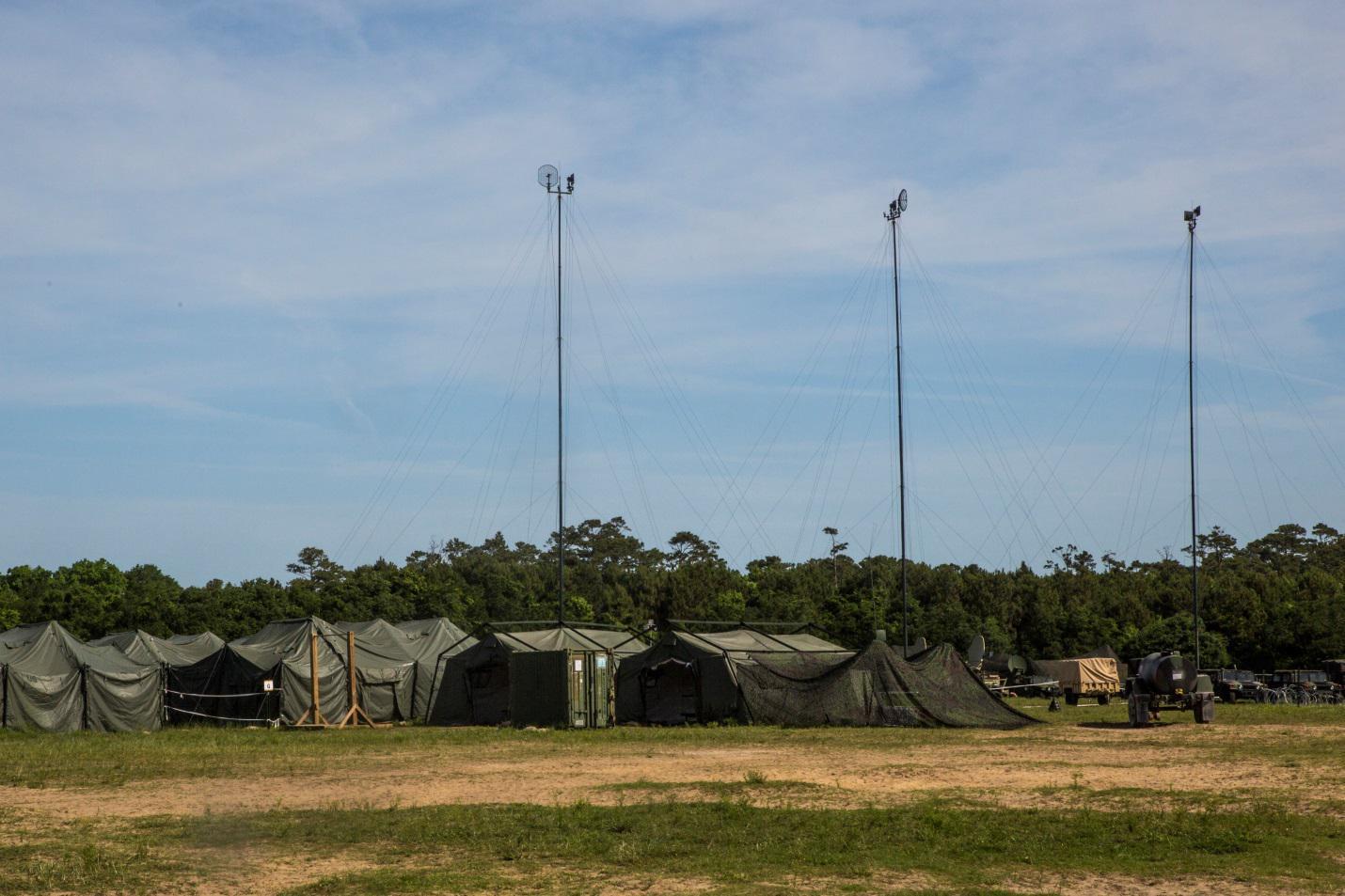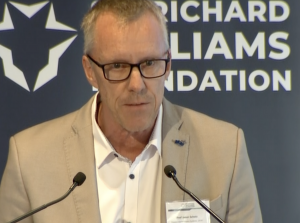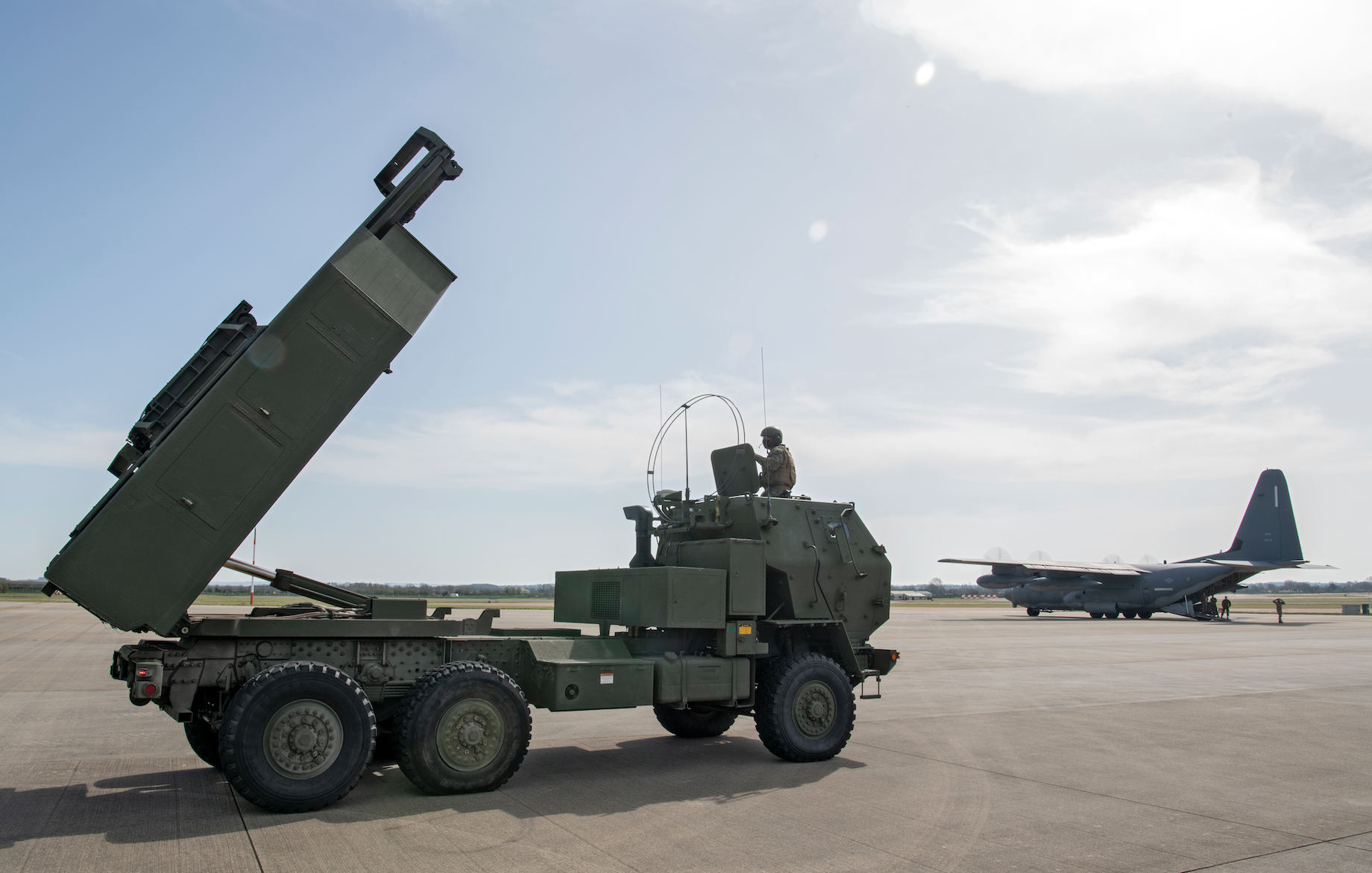By Robbin Laird
As II MEF transforms, a key challenge is force cohesion and force aggregation. For example, with the current Marine Expeditionary Unit, the MEU has a well-defined organic capability which allows it to operate effectively and to scale up with force integration with other force units. But going forward, how will the MEF forces be organized? What will the force packages look like? How much organic ISR and fire power? How much reliance on externally supplied ISR and fire power? And how to build a viable distributed but integratable force?
The only way such questions will be answered effectively is with the evolution of C2 capabilities, and systems which can shape integratable modular task forces, which can either be the supported or supporting building block for a scalable force.
But working C2 to achieve the kind of force flexibility which could lead to significant reworking of the mosaic of a joint or coalition force is a major challenge.
During my visit to II MEF in April 2021, I had a chance to discuss these issues across the command, but with an opportunity as well to focus specifically on the C2 piece with II MEF’s G-6 command, which is the communications element. I had a chance to discuss C2 issues with the Assistant Chief of Staff of G-6, Colonel Hyla and Master Gunnery Sergeant Stephens, II MEF Defense Information Network Chief.
We discussed a number of aspects of the C2 challenges and transition. I will not hold them responsible for my takeaways from our conversation, but there were four key takeaways from my point of view.
The first is that the goal of greater Navy and Marine Corps integration faces a major challenge of ensuring that the two forces can work over compatible ISR and C2 systems. This simply is not the case currently. If there is an end goal of empowering Marines to be able to provide ISR to the fleet to enable fire solutions, or ashore Marines to leverage Navy ISR and provide for firing solutions either from afloat or ashore assets, the C2 needs to be adequate and effective to do so.
Data from various Navy systems must be usable by afloat or ashore Marines. USMC aviation assets afloat or ashore can provide for firing solutions organically or in terms of current USMC C2, but if third party targeting in support of the fleet is desired then C2 needs to be integratable across the fleet into the Marine Corps force.
The second is that meeting the challenge of what the Aussies refer to as transient software advantage is a major challenge. An ability to rewrite software code ahead of adversary capability to disrupt ISR/C2 systems is crucial. During a visit to Jax Navy last year, I saw the P-8 team working such an approach with regard to rewriting code. In an interview with Lt. Sean Lavelle, he described the approach as follows:
They are focusing on ways to execute in-house software development under PMA-290, the Program Office for the P-8. Within PMA-290 is an office called the Software Support Activity, which Lt. Lavelle and his team works with. There they are focused on building a system on the P-8 where mission system data, including data links, and information generated by the sensor networks goes to the “sandbox” which is a secure computing environment that can take data, process it, and generate decision-making recommendations for the operator or alert them to tactical problems. It does not directly push data to the aircraft, so it is divorced from safety of flight software considerations.
According to Lt. Lavelle: “This allows us to push updates to the sandbox on timescales measured in days or weeks, rather than years. The Weapons School is building the software for the sandbox based on operators’ experiences, while the traditional acquisitions enterprise builds the infrastructure to allow that development. The process is that we observe the fleet’s problems, we write code to solve those problems, we send the finished application to PMA-290, they do a security analysis, and then they push it back to be integrated onto the aircraft. We are funding this process operationally rather than on a project basis. We have four to six people at the weapons school at any one time who are trained to write software for the sandbox.”[1]
The Marines are focused on a similar effort. As Col. Hyle put it: “The Marine Corps has recognized the need to code ourselves, and we have our first cohort of what is now 0673s is the new Military Occupational Specialty (MOS).”
The third is working new ways to integrate with core allies in terms of C2 capabilities This rests not simply on sorting through ways to work more traditional security arrangements, but new innovative ways of leveraging commercial networks in secure manners as well. II MEF has been hard at work in this area, notably in working with Canadians, Norwegians, the British and French forces in Europe to be able to shape shared C2 capabilities in new and innovative ways.
The fourth is the force aggregation and disaggregation issue noted at the beginning of this article. As Colonel Hyla put it: “How do we fit into the transformation of Composite Warfare? For example, I may be working under potentially the MEF today, but we may for a couple days move over to work for the carrier strike commander, or we may transfer a couple aircraft to work for the anti-sub warfare commander for a couple days, depending on the availability of assets in the battlespace. But we’re not used to cutting away a platoon or a battery from a battalion or a company from a battalion to work for the Navy for a day or two and then come back to us. We’ve got to make sure, once they decide how we do that, that all our C4 systems align and work with them and we can talk with them, whoever our direct combat boss is in the battlespace.”
Much easier to do with briefing slides than with operational forces. And being able to fight tonight remains an imperative as II MEF serves many masters, including, EUCOM, Second and Sixth Fleet
[1] Robbin Laird, Training for the High-End Fight, Chapter Three, 2021, https://www.amazon.com/Training-High-End-Fight-Strategic-Shift/dp/1098350758/ref=sr_1_1?dchild=1&keywords=training+for+the+high+end+fight&qid=1620576406&sr=8-1
Featured Photo: Tents, communication networks and vehicles are set up for Marines to operate during MEFEX 16 at Camp Lejeune, N.C., May 16, 2016. MEFEX 16 is a command and control exercise conducted in a simulated deployed environment designed to synchronize and bring to bear the full spectrum of II Marine Expeditionary Force’s C2 capabilities in support of a Marine Air-Ground Task Force. Conducting exercises of this nature ensures II MEF remains ready to provide the Marine Corps with an experienced staff capable of integrating with international allies and partner nations in a combined joint task force, charged with accomplishing a wide range of military operations. (U.S. Marine Corps photo by Sgt. Kirstin Merrimarahajara/released)







